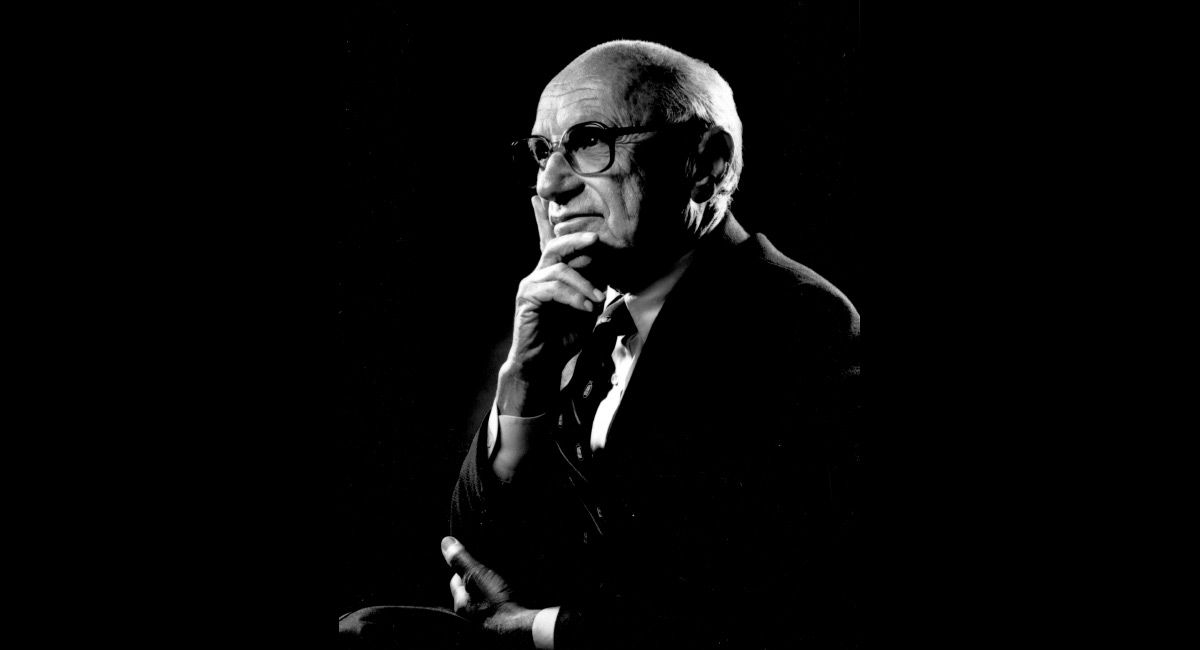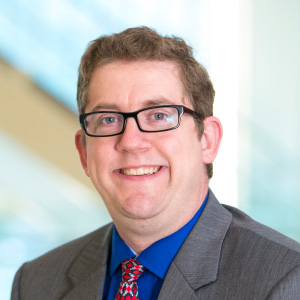The September 14 episode of EconTalk featured a discussion with Robert Chitester, the man behind Free To Choose, Milton Friedman’s video series and book (coauthored with his wife, Rose). It made me pause for a second: have I ever actually watched every episode of Free to Choose all the way through? Deciding that I hadn’t, I went to the website of the Free to Choose Network and queued it up. The ten episodes of the original series, which is forty years old in 2020, are excellent introductions to the economics of a free society because they put stories to the statistics.
The series has ten episodes. In the first two episodes, “The Power of the Market” and “The Tyranny of Control,” Friedman explains why voluntary exchange among equals works and involuntary compulsion among unequals doesn’t. The third episode, “Anatomy of a Crisis,” explains that the Great Depression was a failure of government rather than the final, or penultimate, or pen-penultimate, or pen-pen-penultimate, crisis of capitalism. “From Cradle to Grave” explains the unintended consequences of government promises to take care of us at birth and death and everywhere in between. “Created Equal” explores the differences between equality before the law and zeal for equality of outcomes. “What’s Wrong With Our Schools?” gets further into controversial territory as Friedman explains and defends his argument for school vouchers. “Who Protects the Consumer?” and “Who Protects the Worker?” criticize consumer product safety regulation and labor unions. “How to Cure Inflation” is especially interesting in light of the debacle of 1970s stagflation and the painful but necessary actions the Volcker Fed took in order to credibly commit to hawkish anti-inflation policy and lay the groundwork for what has been about four decades of low-inflation growth. “How to Stay Free” considers what Friedman thinks might be necessary to sustain free societies.
The first half of each episode is the “documentary” part, in which Friedman travels the world exploring and explaining how economic freedom works. The second half of each film is a discussion with scholars and other luminaries—many of whom were unsympathetic (to say the least) to Friedman’s perspective. It is a delight to watch Friedman spar with fierce critics in discussions that sometimes get heated but that stay civil and respectful, and these discussions are perhaps especially important in a social media-driven world in which he who shouts loudest shouts last.
The videos are also fascinating because of their historical context. Friedman had been awarded the Nobel Prize in 1976, and 1980 was the year after Margaret Thatcher became Prime Minister of the United Kingdom and the year before Ronald Reagan was inaugurated as President of the United States. It was also roughly the beginning of “The Age of Milton Friedman”—a period of rising standards of living around the world—described by Andrei Shleifer. What seems obvious looking back from 2020 wasn’t in 1980.
The space between the original version of Free to Choose and today was especially interesting during the episode about product safety regulation. Friedman noted that there had been an explosion of regulatory agencies in the 1970s that were charged with protecting consumers from themselves. Friedman discussed regulatory dinosaurs like the ICC and the CAB, but he concentrated most of his fire on the Food and Drug Administration, created in 1960, and the Consumer Product Safety Commission, created in 1972. He attacks them economically by noting that there are a lot of ways private markets provide quality assurance, and he attacks them philosophically by noting that it is rather presumptuous of regulators to think they can decide on behalf of others which risk-price trade-offs are acceptable and which risk-price trade-offs are not. Friedman pointed out that more regulation meant more expensive products and less variety. The FDA, by making it more expensive to develop drugs, made it much harder for firms to develop drugs to treat uncommon diseases. The episode followed an asthma patient who traveled to Canada to get asthma drugs that weren’t available in the United States. With the benefit of a few decades of hindsight now, research is showing that the regulatory state has come at a very steep cost in terms of lost economic growth.
In the discussion that followed the episode on regulation, a representative from the National Highway Traffic Safety Administration defended government regulation and safety testing on the grounds that it would be too expensive for firms to do so privately. Friedman’s very unpopular opinion—which I share—is that this suggests expensive crash tests waste resources. There was a potential market for cars that had passed rigorous safety tests, but consumers had voted against the added expense of such testing with their pocketbooks. Friedman explained that one has to consider the indirect and unintended consequences of regulation and cited the work of his Chicago colleague Sam Peltzman, for whom the “Peltzman Effect” is named. Peltzman argued that mandating seatbelts did not save lives on net because the increase in safety made it less costly for people to have accidents. Therefore, there were more accidents.
Friedman has said that arguments against free markets are almost always rooted in a lack of belief in freedom itself. One of the striking things about some of the interviews and panel discussions is the apparently low opinion some intellectual and cultural elites have of ordinary people and their ability to make their own choices. In case after case—product regulation, school vouchers, and so on—people argued from the presumption that the world is full of people who cannot and should not be trusted to take care of themselves. Decisions about which products are allowable and how children should be educated are best left to the experts.
As is his wont, Friedman is quick to grant his intellectual adversaries the benefit of the moral doubt and bends over backward to make it very clear that the problems he is criticizing are not, by and large, caused by bad people with bad intentions. The people who work for the regulatory agencies, the welfare bureaucracies, and the educational institutions, he argues, have the best of intentions. As he puts it at one point, “I’m not questioning his sincerity, but sincerity is a much-overrated virtue in our society.” During one of the more animated discussions, Thomas Sowell explains that the panelists are “talking at cross purposes” because on one hand, people were talking about the specific patterns they wanted to create. On the other, people were talking about the social processes they were setting in motion. Opposition to interventionist social processes was mistaken for opposition to the interventionists’ moral convictions or an affront to their sincerity. Again, though, Friedman is right about how we overrate sincerity.
Free to Choose holds up very well even after forty years. Friedman’s analysis still holds, and it’s interesting to see (for example) how the rhetoric of the opposition to educational choice hasn’t really changed. Free to Choose does more than show that freedom works. It explains why, and it does so memorably.









